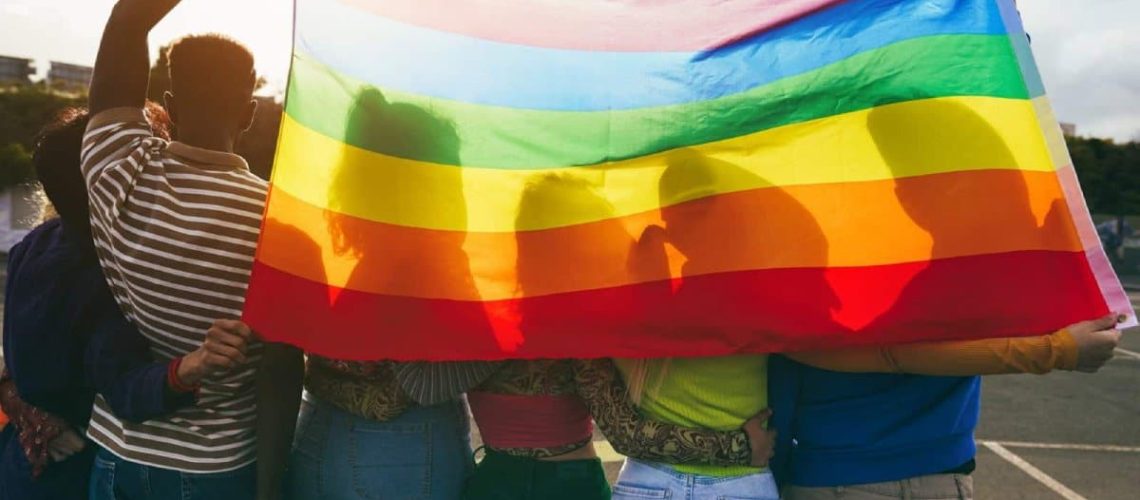Polyamory — having multiple romantic or sexual relationships with the consent of all involved—is more than just a relationship style. In the queer community, it’s becoming a bold statement against outdated norms. But why is polyamory particularly popular among LGBTQ+ people? And what does this say about the future of relationships?
Rejecting Norms
In the queer community, polyamory is more than just a way to have relationships. It’s a rejection of the outdated notion that one person should be your everything. This is especially relevant for LGBTQ+ individuals who are already pushing back against societal norms. According to Tandem Psychology, “polyamory is not an escape from commitment but requires a high level of emotional maturity, communication skills, and respect for boundaries.”
Statistics show that non-monogamous relationships are more common among LGBTQ+ people, particularly gay men. The Gay Couples Study found that a significant 25% of gay male couples were in open or polyamorous relationships.
This stands in stark contrast to the broader population, where monogamy is still considered the gold standard.
The Reality of Polyamory in LGBTQ+ Life
Polyamory in the queer community isn’t just about breaking norms; it’s also about creating relationships that truly work for everyone involved. There are different types of polyamorous relationships, each with its own rules and dynamics. For example, some queer couples practice hierarchical polyamory, where there’s a primary relationship that takes precedence, while others prefer a non-hierarchical approach, treating all relationships as equally important.
But let’s be clear: polyamory isn’t a free-for-all. It demands a high level of communication, self-awareness, and respect for boundaries. Maintaining open lines of communication is essential in any relationship, but it’s particularly crucial in a polyamorous one. This means being upfront about your emotions, needs, and expectations.
The Fight for Recognition
Even within the queer community, where you’d expect more understanding, polyamory isn’t always accepted. Despite the progress in LGBTQ+ rights, polyamorous relationships often get left behind. While 72% of Americans support same-sex marriage, only 20% think polygamy (a related concept) is morally acceptable. This gap shows that even in inclusive spaces, polyamorous people can feel sidelined.
But the reality is that polyamory isn’t about rejecting commitment—it’s about redefining it. As Youtube channel Poly.Land puts it, “polyamory isn’t a fear of commitment. It’s a love of commitment.” This redefinition is crucial for many in the queer community who seek relationship models that reflect their values and lived experiences.
Beyond the Norms
Polyamory in the queer community isn’t just a trend; it’s a fundamental challenge to the way we think about love and relationships. As more people reject the rigid structure of monogamy, polyamory offers an inclusive and flexible alternative. However, societal acceptance of these relationships continues to lag behind, indicating a complex landscape where progress and resistance coexist.
Featured Image Credit: Shutterstock / Tint Media.
The images used are for illustrative purposes only and may not represent the actual people or places mentioned in the article.
For transparency, this content was partly developed with AI assistance and carefully curated by an experienced editor to be informative and ensure accuracy.

